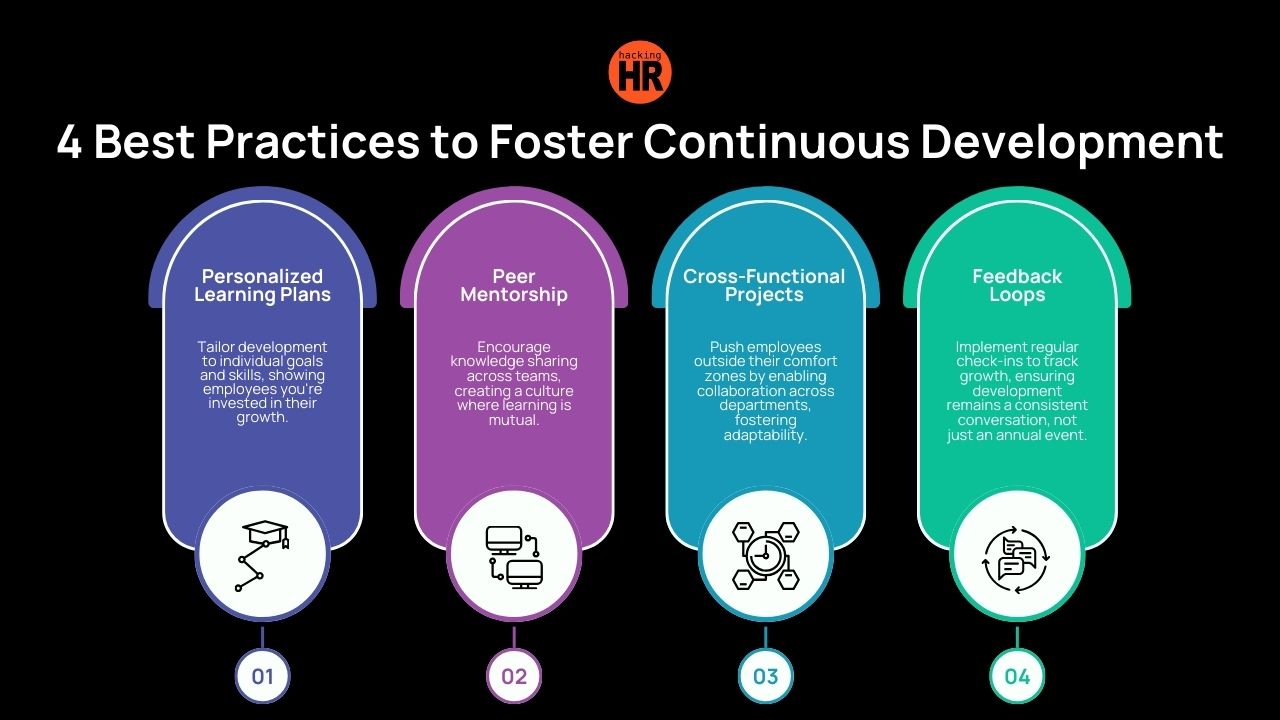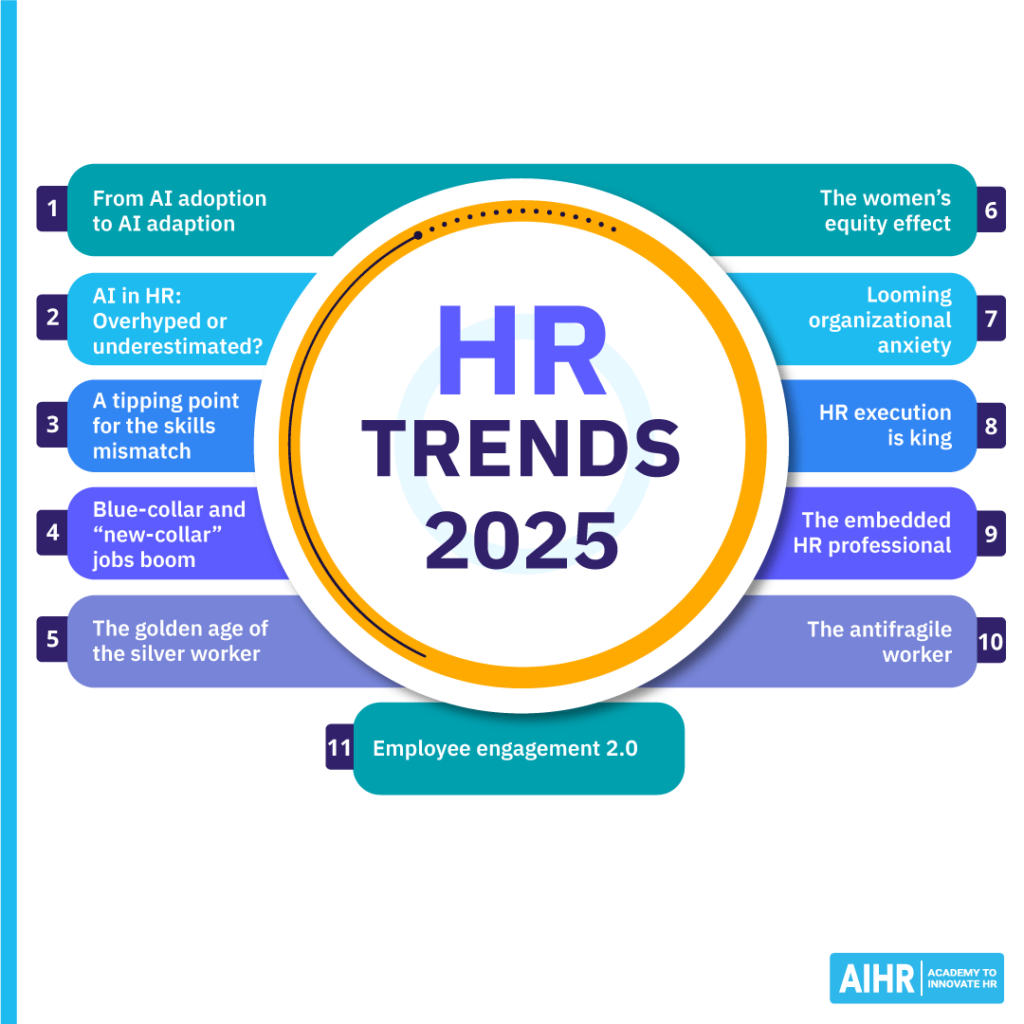For some companies, creating a culture of continuous development could be about implementing training sessions and having a learning strategy for the entire year. Nevertheless, building an environment where growth is part of the everyday experience is the actual challenge because, beyond whatever initiatives you have, your employees should feel they are growing and evolving with you. Ultimately, they will likely stay with your organization if they are engaged.
These four best practices will help you embed continuous development:
1. Personalized Learning and Growth Plans
Every employee has different strengths and aspirations, so a standard approach to development might miss the mark. Hence, personalized learning paths tailored to individual goals and skills ensure employees stay engaged with their growth. There are different ways to adjust this to their learning methods, for instance, through online courses, mentorship, or on-the-job learning opportunities; offering personalized development plans shows them that you’re invested in their future. Are you taking the time to understand the unique growth needs of each team member?
2. Peer Mentorship and Knowledge Sharing
Mentorship programs can significantly accelerate growth by giving employees access to the experiences and insights of more senior colleagues. However, mentorship doesn’t have to be hierarchical because it can also be peer-to-peer, encouraging knowledge-sharing across teams. Creating a culture of mentorship, where knowledge flows freely, helps your employees learn from each other and build more robust networks. How can you foster these relationships within your team?
3. Cross-Functional Projects to Broaden Skills
Development happens when employees are pushed outside their comfort zones. An excellent way to do this is by enabling cross-functional projects to allow your team to collaborate across departments, gaining new perspectives and skills. These projects strengthen teamwork and expose employees to challenges and solutions, making them more adaptable. When did your team last work on a project that spanned multiple functions?
4. Feedback Loops to Track Growth and Progress
Continuous development thrives on feedback. Regular check-ins and feedback loops help employees stay on track and adjust their growth strategies as needed. This isn’t just about formal performance reviews—it’s about creating a culture of continuous feedback where employees feel supported in their development journey. How are you tracking progress and growth in real time? Establishing feedback loops ensures that development remains a constant conversation, helping employees refine their skills and stay motivated.






